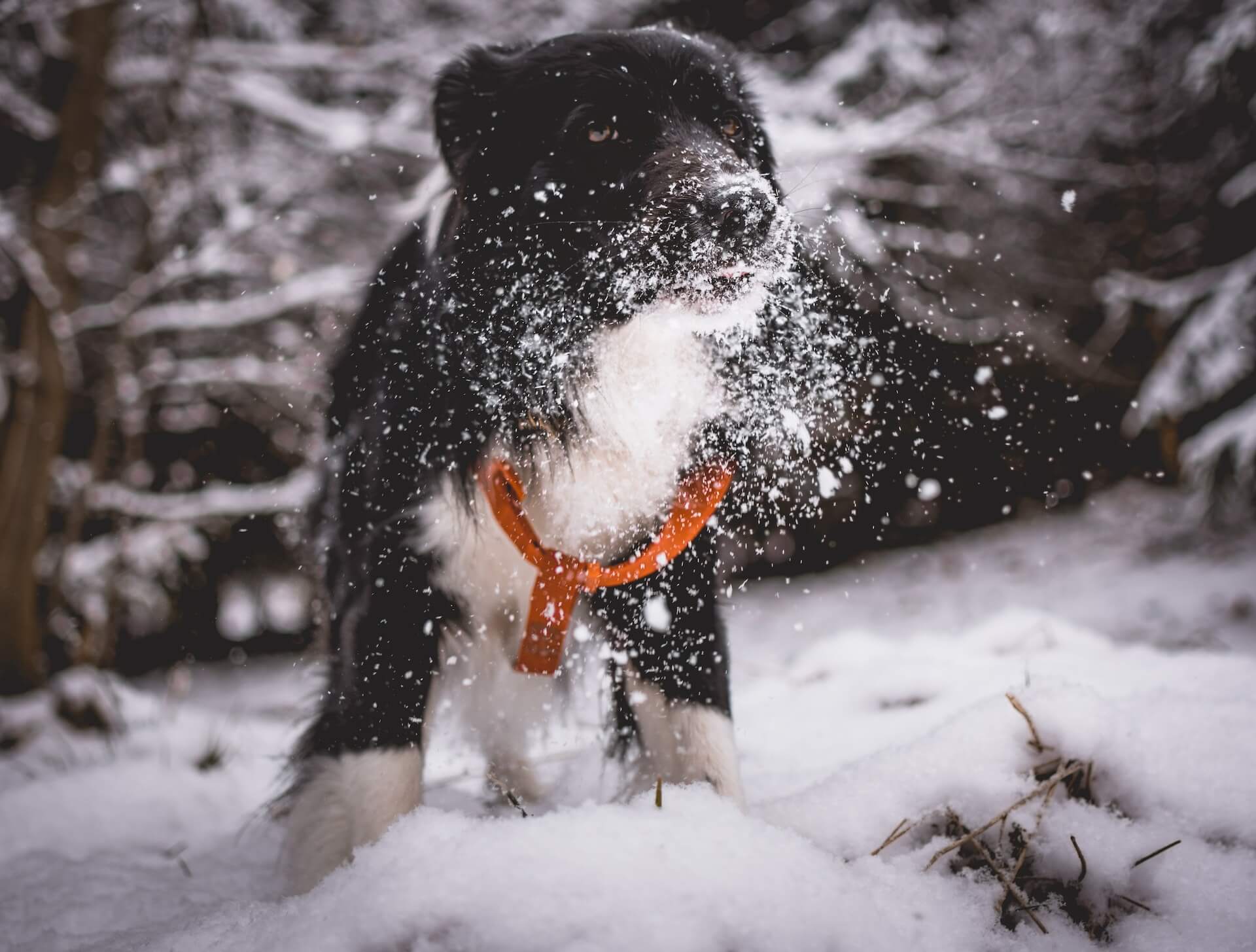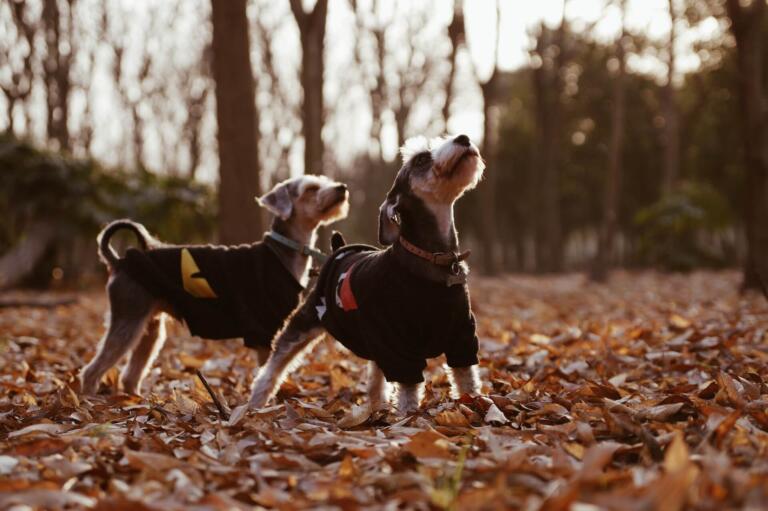Cold weather is not a favourite for many, and you usually get a jacket to stave off the cold but what about your pet, do dogs get cold? We take our dogs out for walks every day so we should consider how to protect them when needed.
But we also might think that their fur offers sufficient protection but it may not be enough. It really depends on the weather and the dog’s fur coat density, and size. Of course, you need to consider other factors like preexisting health conditions and even breed.
Do dogs get cold?
It is not such an odd notion for dogs to get cold, as sensitivity to cold can be very common for many dogs. Certain dogs can be more susceptible to the cold and you must keep some factors in mind. One of these features includes the dog’s size because smaller dogs or puppies get colder faster.
Size can also mean a dog’s build as with less fat for insulation, colder weather will be harder to handle. Some dogs are simply more athletic and thus will suffer more from the cold.
Older dogs are also more susceptible to getting cold, and it’s understandable as they are not as active as puppies. With age, also comes some health problems that could impact how cold weather affects them.
There is also the amount of fur each dog might have that can offer some insulation against cold temperatures. But fur alone is not guaranteed to protect a dog indefinitely, and some dogs have less fur than others. Shorter-haired dogs and ones that have single coats are more likely to feel the chill.
Certain parts of your dog get even more exposed to the cold, such as their paws. Apart from the direct contact with salt grit, cold will affect their paws. Other exposed parts can get the full effects of the cold. This includes the ears, the stomach area where fur is less thick, and the sensitive skin on the nose.
How do you know if your dog is cold?
You will need to know what symptoms your dog exhibits when it is cold. This way you can identify when they are indeed cold. Your dog may show symptoms and signs of being cold, both with physical reactions and with body language.
Shivering is one symptom that you will see your dog exhibit when they are cold. This shivering can sometimes be confused with excitement but make sure to check them and see if they are cold.
Your dog could also be turning in on themselves to keep warm and this can be an indicator that it’s too cold. It’s important to keep in mind that temperatures lower than 10 degrees celsius can be the threshold for many dogs’ comfort.
Temperatures below 0 degrees celsius are another threshold to keep in mind and not allow dogs to stay too long outside. Dogs with shorter coats will most especially be more susceptible to temperatures below freezing.
Do dogs get cold enough to experience hypothermia?
Below-freezing and even lower temperatures are dangerous for dogs and can induce hypothermia. With prolonged exposure to freezing weather, a dog can even develop frostbite, especially along their paws, ears, or exposed skin.
Some other factors can contribute to helping hypothermia settle in even faster. For instance, if your dog gets wet in a cold environment, there is a higher risk of hypothermia settling.
Other considerations to take into account
Wondering do dogs get cold can open up the possibility that some other weather factors are at play. Temperature is only one factor to consider but others can affect how chill your dog may feel.
For one, cloud cover is something that can increase the risk of cold, especially in winter. Winter months are the coldest and without any sun it tends to get colder, and your dog will feel it.
The wind is also a factor that will make it even colder, so make sure to check more than just the temperature. Lastly, precipitation like rain and especially snow make the cold even colder. You feel it and your dog will also feel it, so be prepared.
What can be done about the cold?
With so many possible risks for your dog to feeling cold, you will need solutions to minimize these risks. It’s not all doom and gloom and you can in fact still go outside even in cold weather with your dog. In fact, you are required to as a dog must go outside to potty.
Limit exposure
You will need to make sure your dog does not stay out in the cold for too long. Of course, if you have a husky this might not be such a huge problem, as they are more resilient to the cold.
But if you have a chihuahua it’s not going to be the same. But they should be safe enough if you don’t let them in the cold for too long. Short walks are safe enough so keep them short. If your dog won’t go potty, just take them out more often for short walks until it does go potty.
Dress your dog
You can help your dog feel a little less cold by dressing it in a dog coat. There are many options for all shapes and sizes of dogs, so you are spoiled for choices. There are even dog boots to protect a dog’s feet from cold and salt grit.
Make sure to have a nice-fitting coat to keep your dog snugly in. The material used is also important as you may want to opt for waterproof and soft warm lining inside. All these will help greatly in keeping the cold out for a little while longer.
In conclusion
Keeping your dog warm in very cold weather is not going to be easy. You must make sure that you can have a way to protect your dog. Using a coat is one idea that helps, but also by limiting the time you and your dog stay out in this cold.



1 Comment